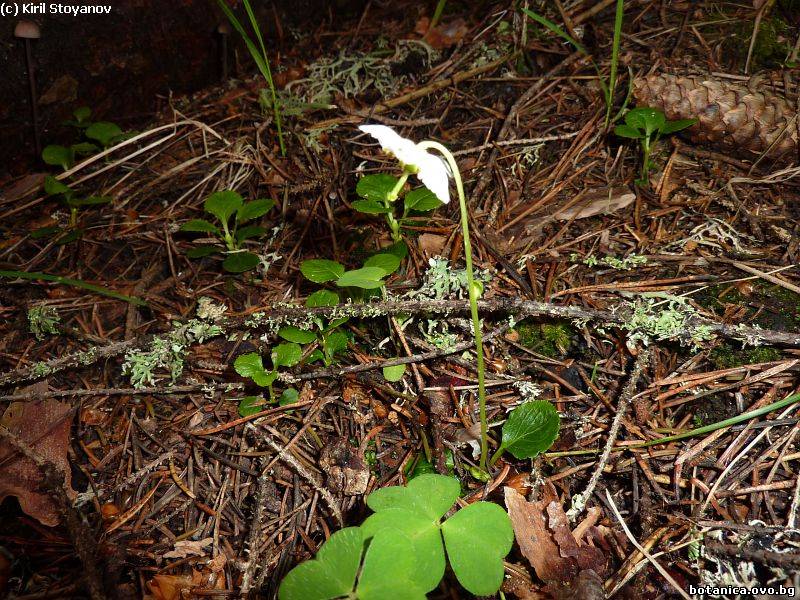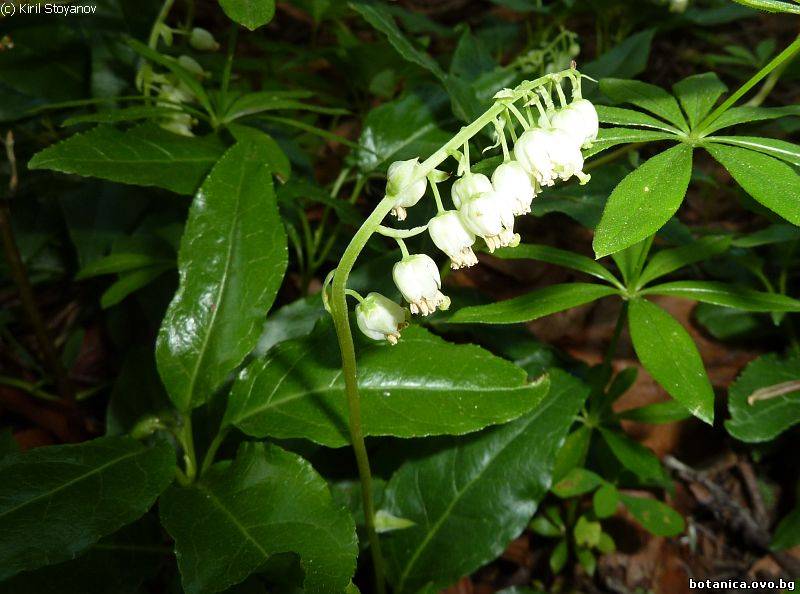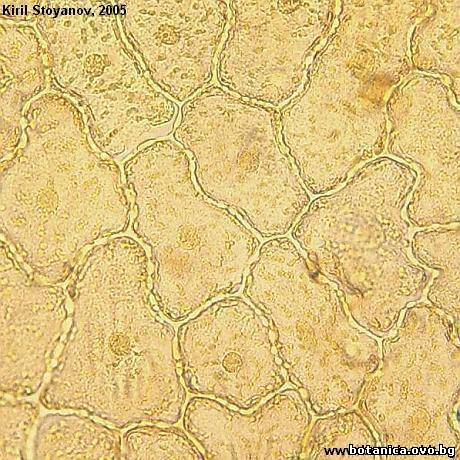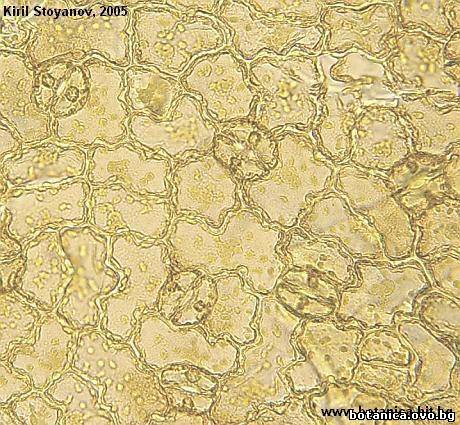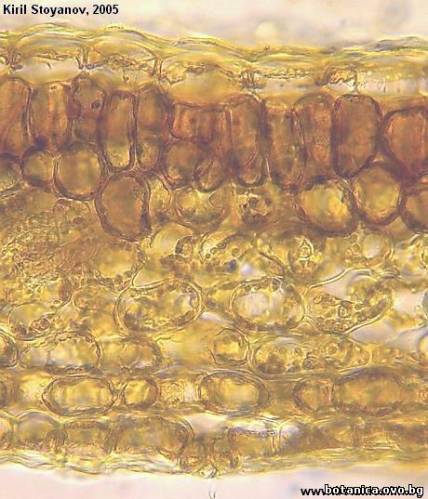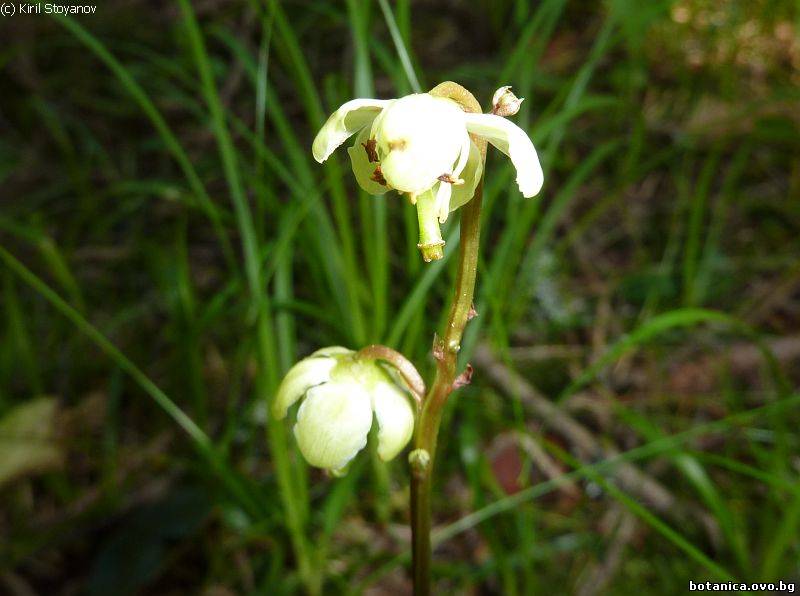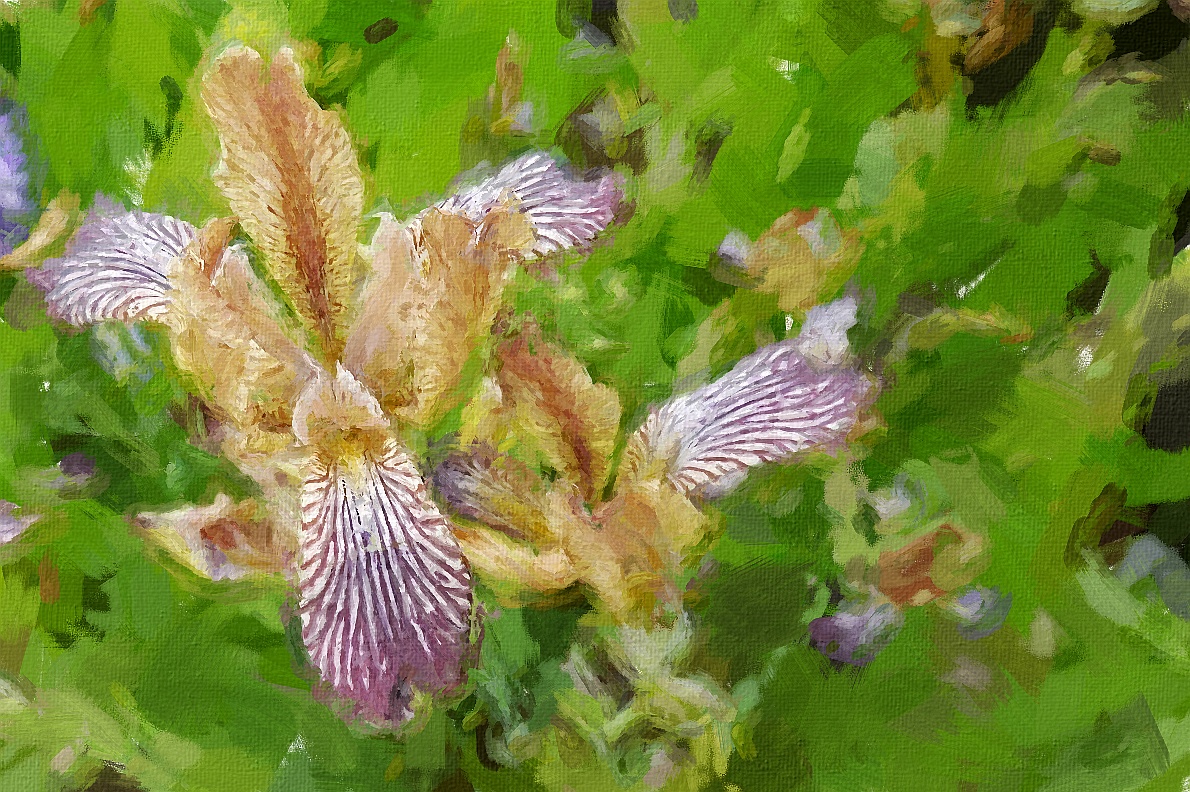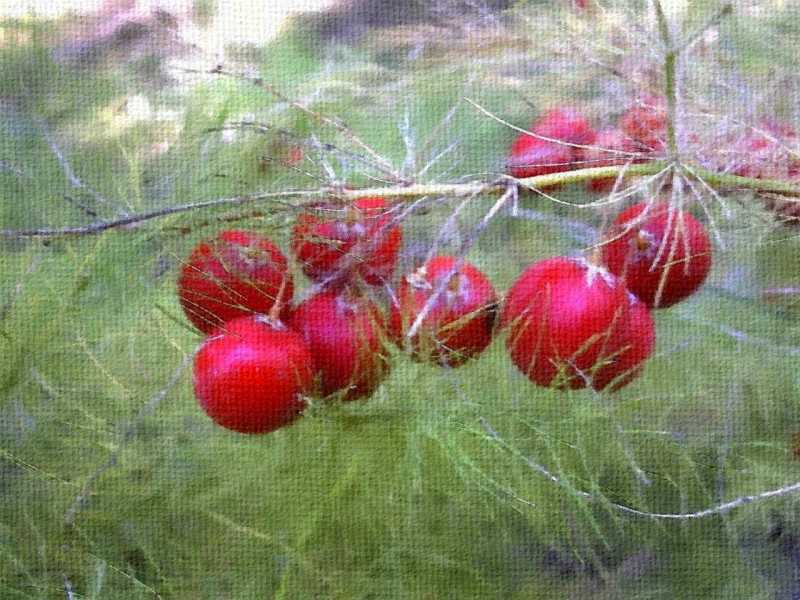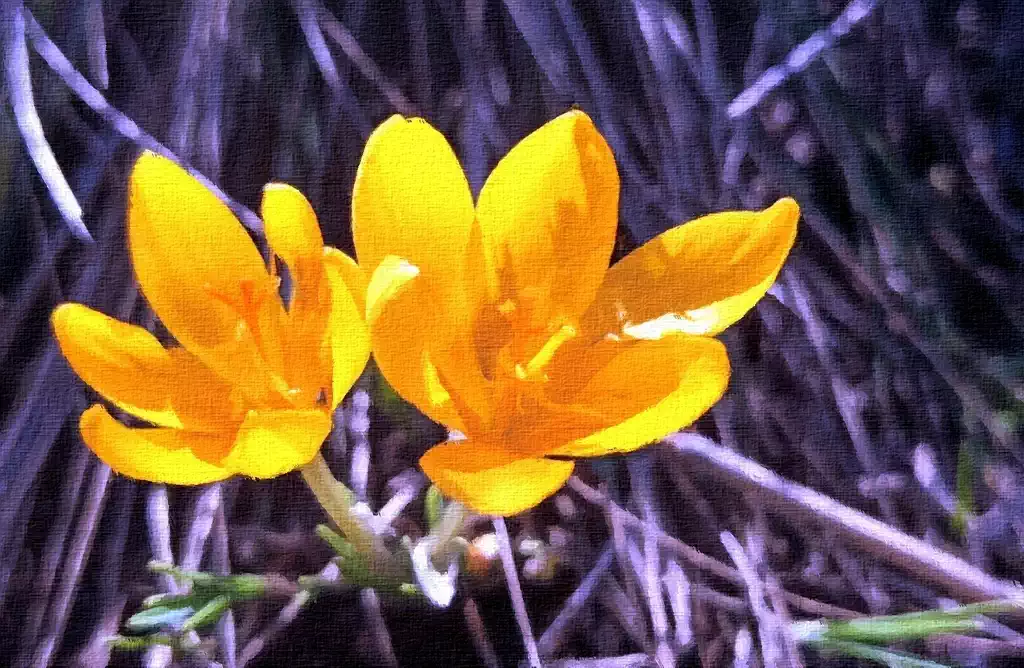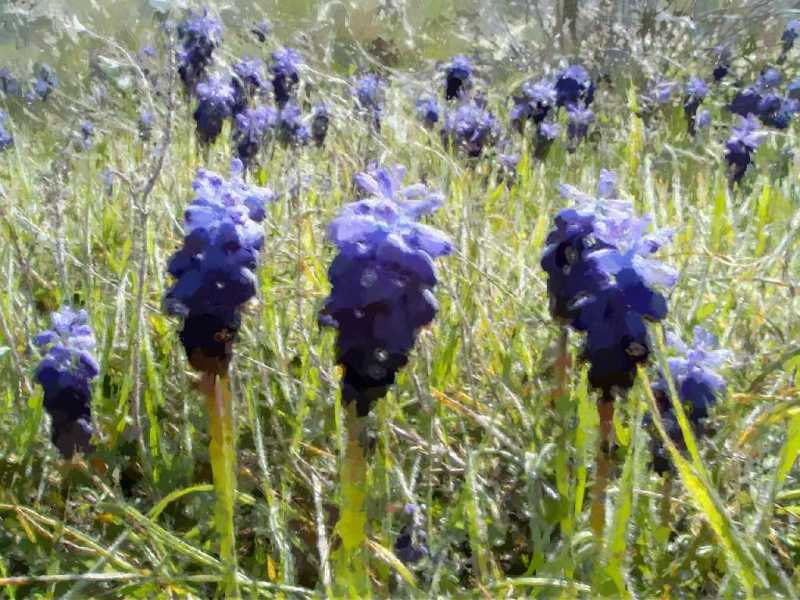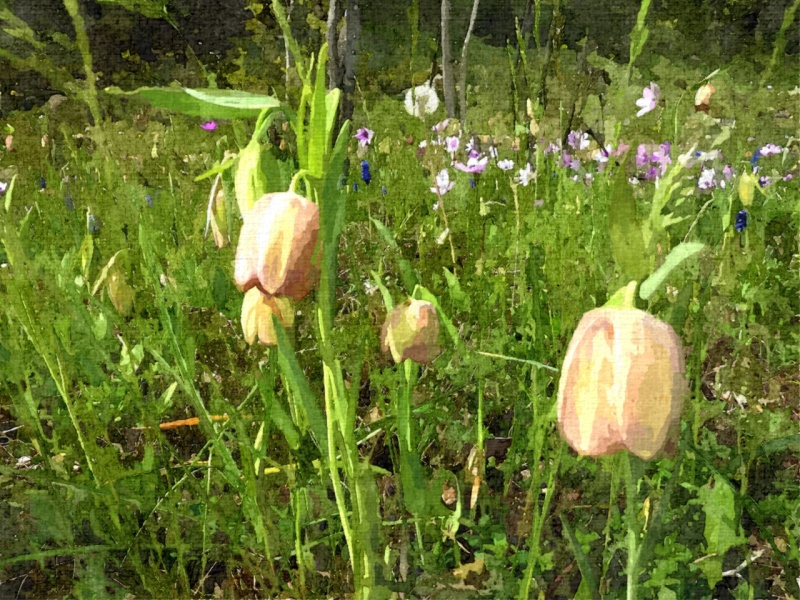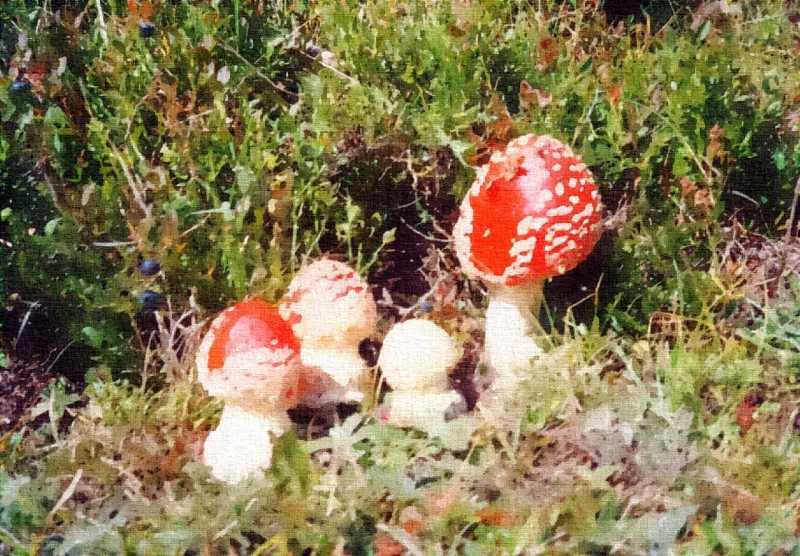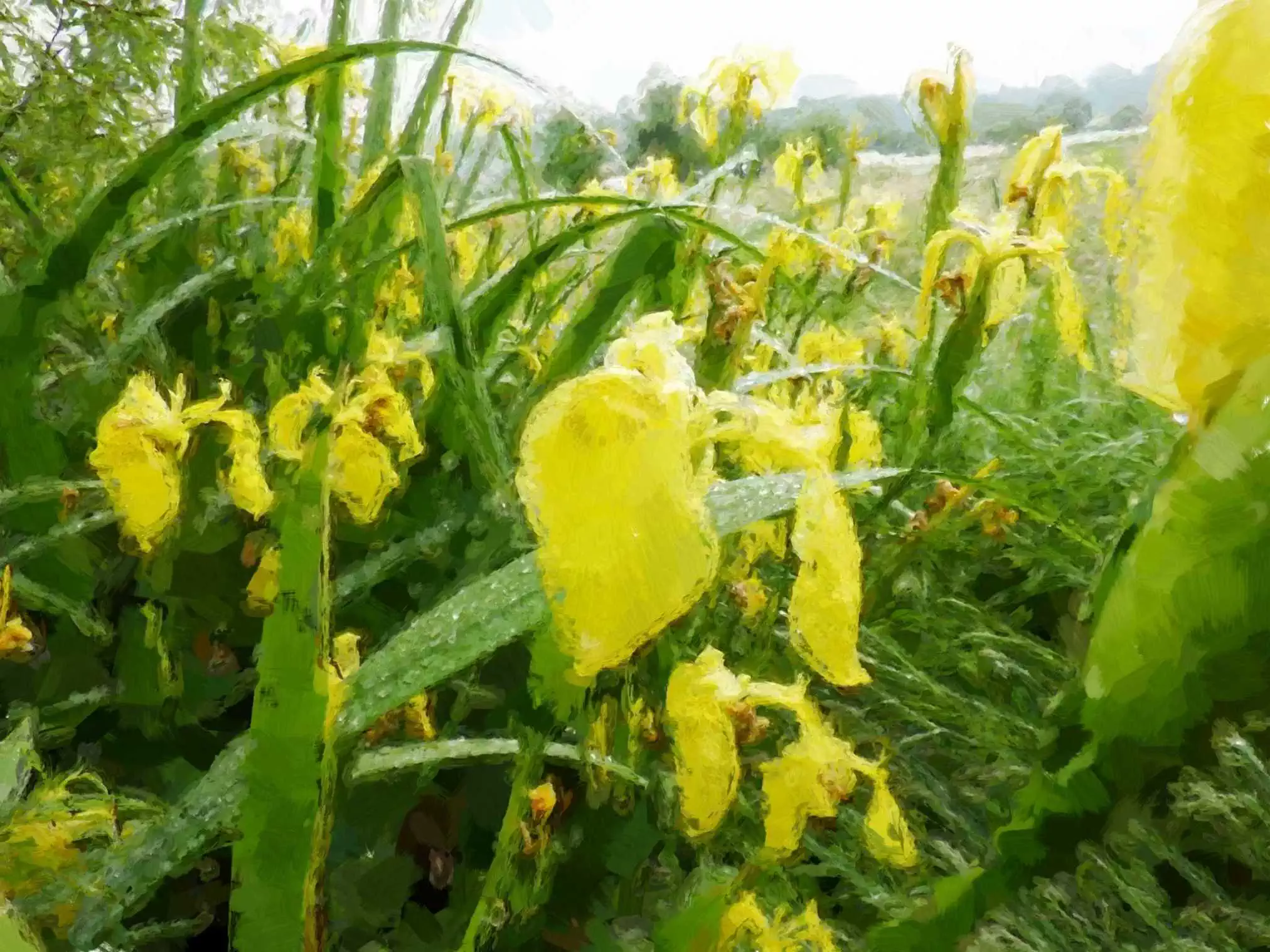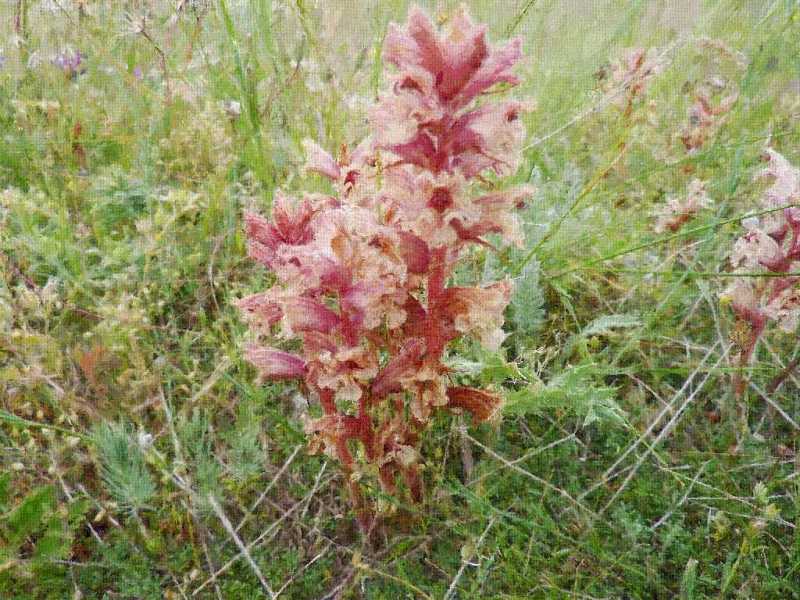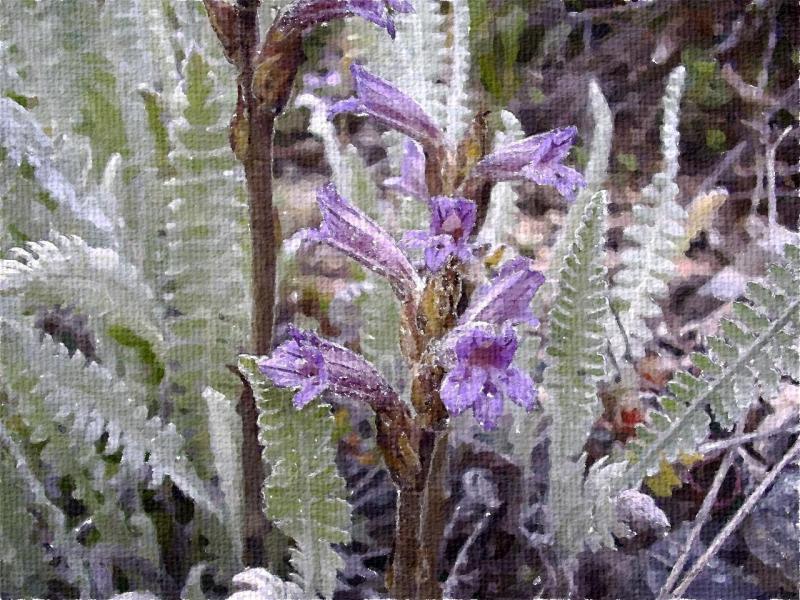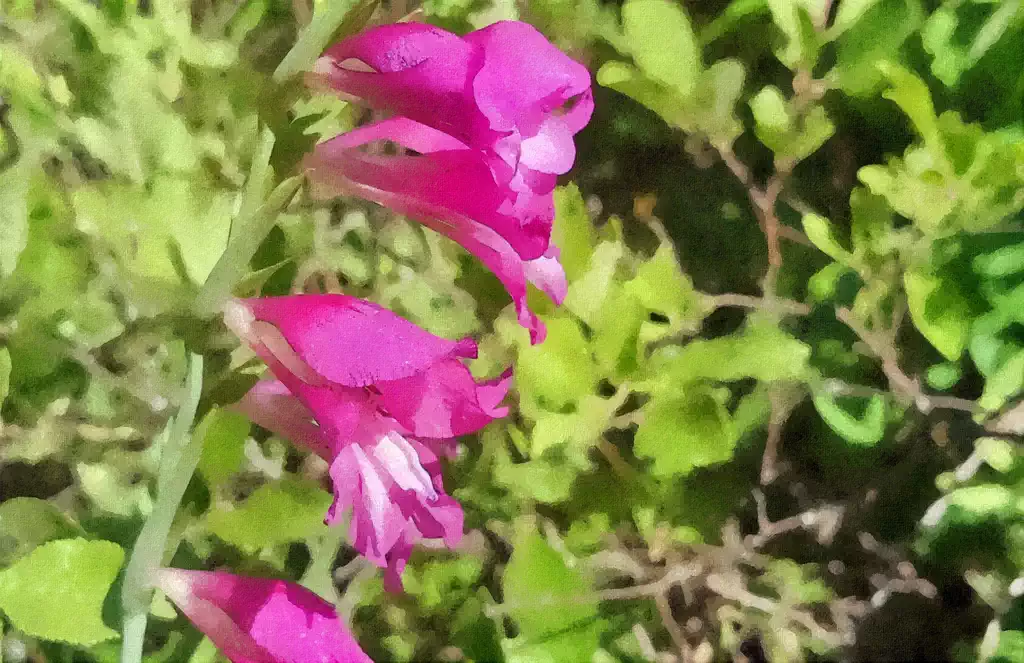PDF Райчева Цв., Стоянов К. & Денев И. 2013.
Изследване на три вида от семейство Pyrolaceae чрез ISSR маркери
Journal of Central European Agriculture, 14(1), p.214 – 224
Резюме
Семейство Pyrolaceae е представено от шест вида, които се отнасят към три рода. Гледните точки за таксономичното положение на видовете в това семейство не са еднозначни. Целта на изследването е да се открият молекулни маркери, които да позволят обективно диференциране на родовете. Изследвани са три вида от семейството, които представят трите рода в България: Moneses uniflora (L.) A.Gray, Orthilia secunda (L.) House и Pyrola minor L. ДНК е изолирана от листа и амплифицирана чрез PCR реакции, с помощта на 4 праймера. Резултатите са подложени на кластер анализ и неметрично многомерно скалиране. Заключителната кладограма, получена от средните евклидови разстояния, показва групиране на пробите по родове, независимо от техния локалитет. Независимите множества доказват прецизността на метода при разграничаването на родовете в Pyrolaceae
Raycheva Ts., Stoyanov K. & Denev I.
Evaluation of three species from Pyrolaceae family uding ISSR markers
Journal of Central European Agriculture, 14(1), p.214 – 224
Abstract
The family Pyrolaceae is represented in Bulgaria by six species, belonging to three genera. The viewpoints for the taxonomical position of the species in this family are not clearly unilateral. The aim of this study is to find molecular markers, allowing the objectively differentiation of the genera in this family, without use of morphological characters. Three species of the family were examined, representing the tree genera distributed in Bulgaria: Moneses uniflora (L.) A.Gray, Orthilia secunda (L.) House and Pyrola minor L. DNA was isolated from leafs and amplified via PCR reactions using 4 primers. The results were processed using cluster analysis and non-metric multidimensional scalling. The consequent cladogram, obtained by the mean euclidean distances, displayed grouping of the samples by genera, independently of their locality. The independent multitudes confirm the accuracy of the method for determination of the species in Pyrolaceae.
